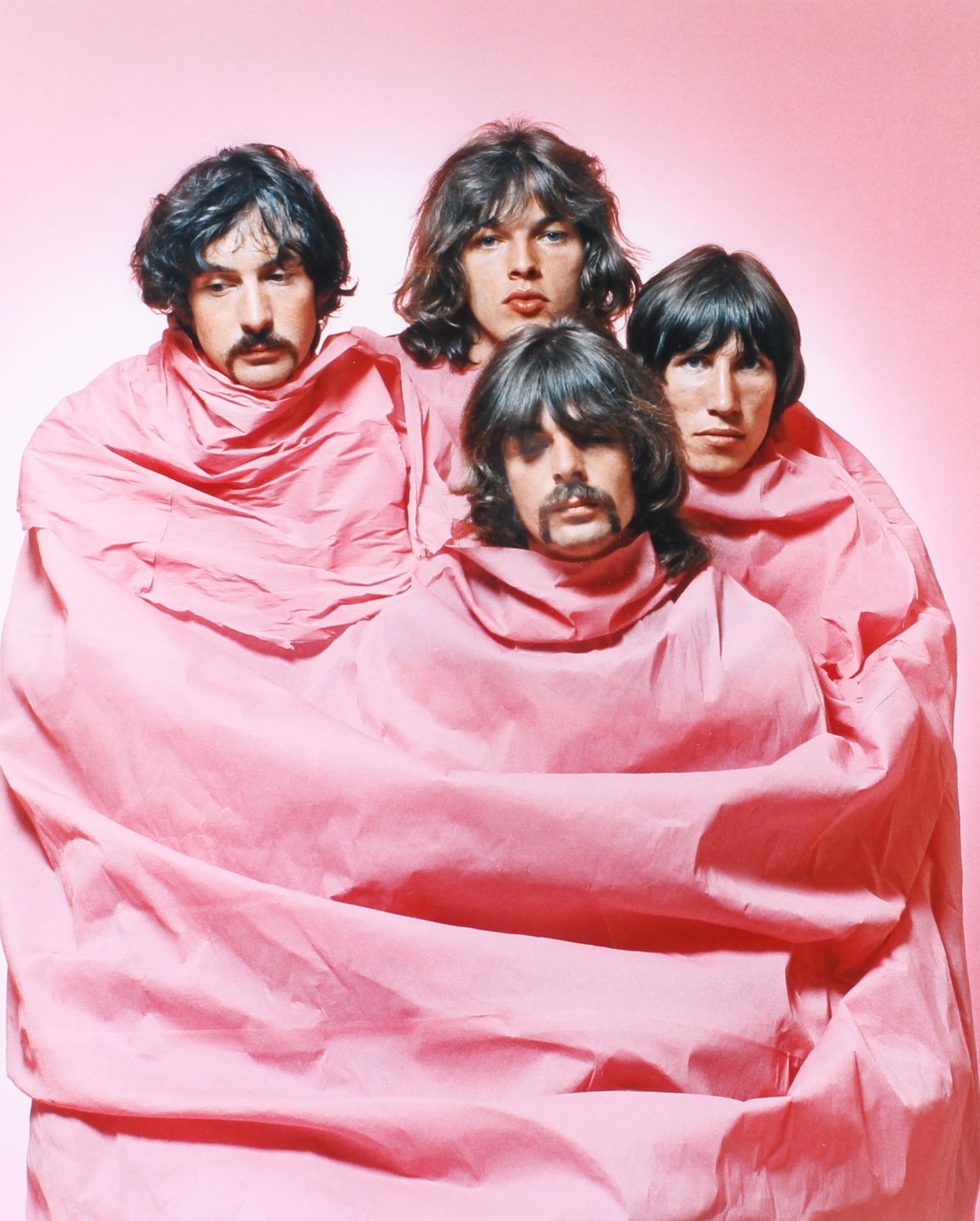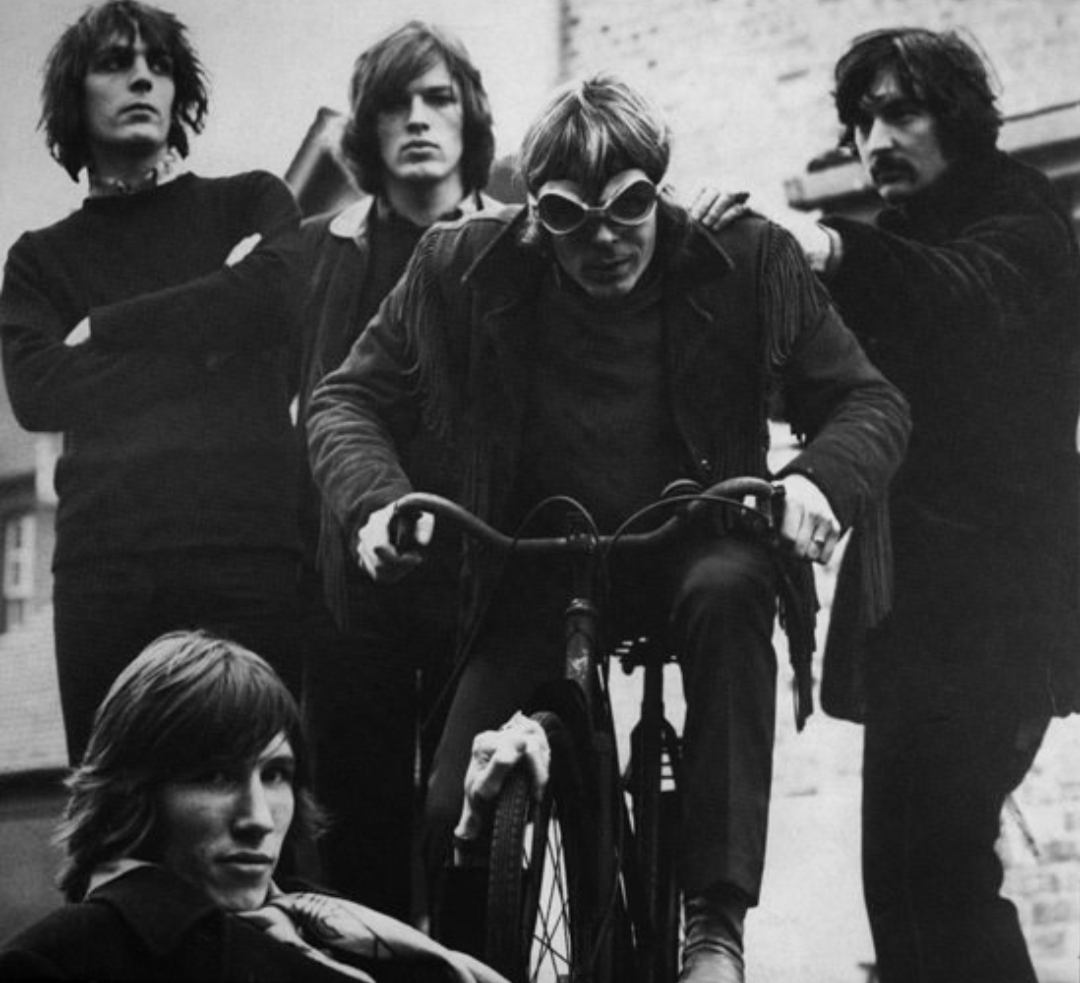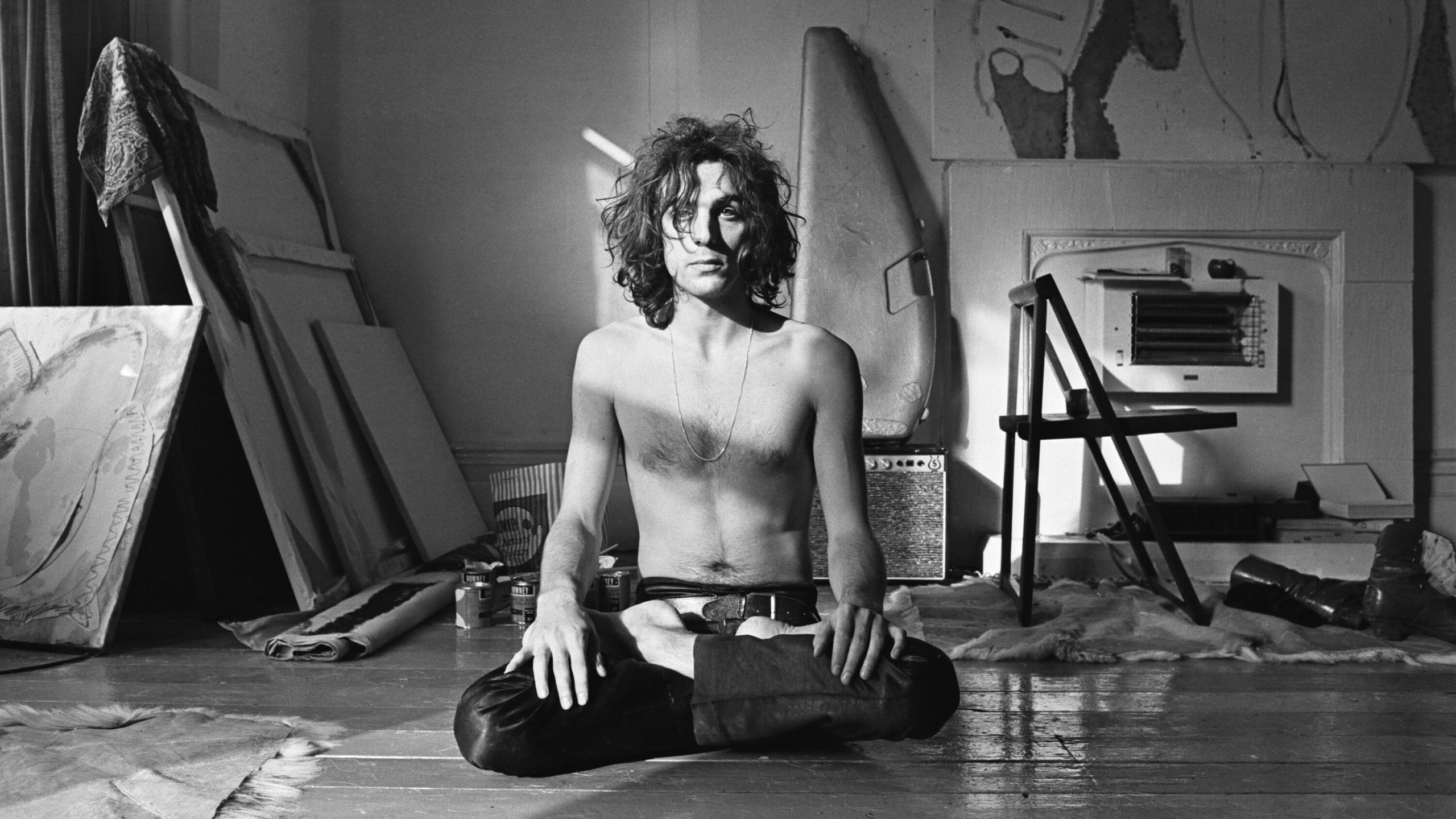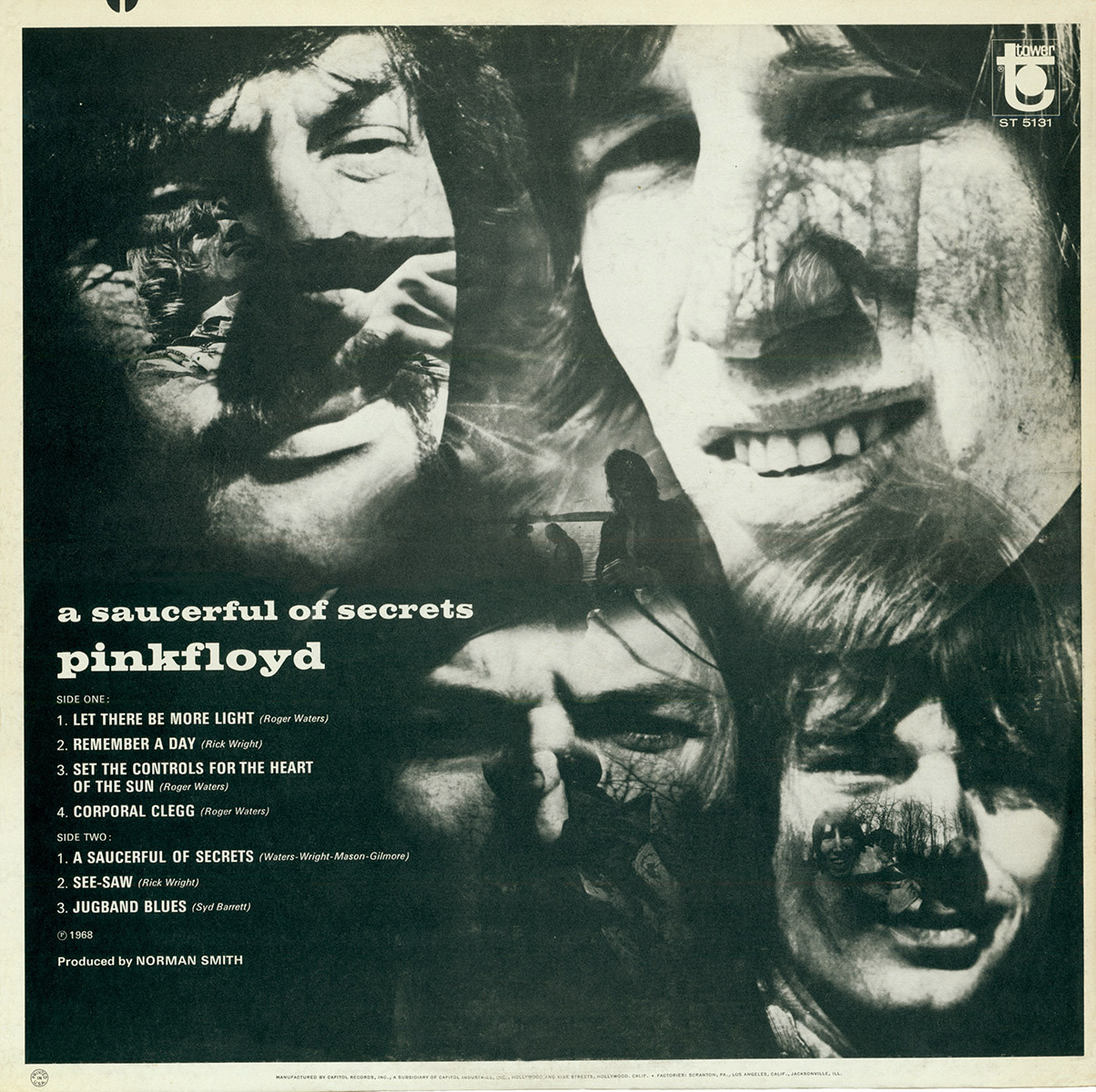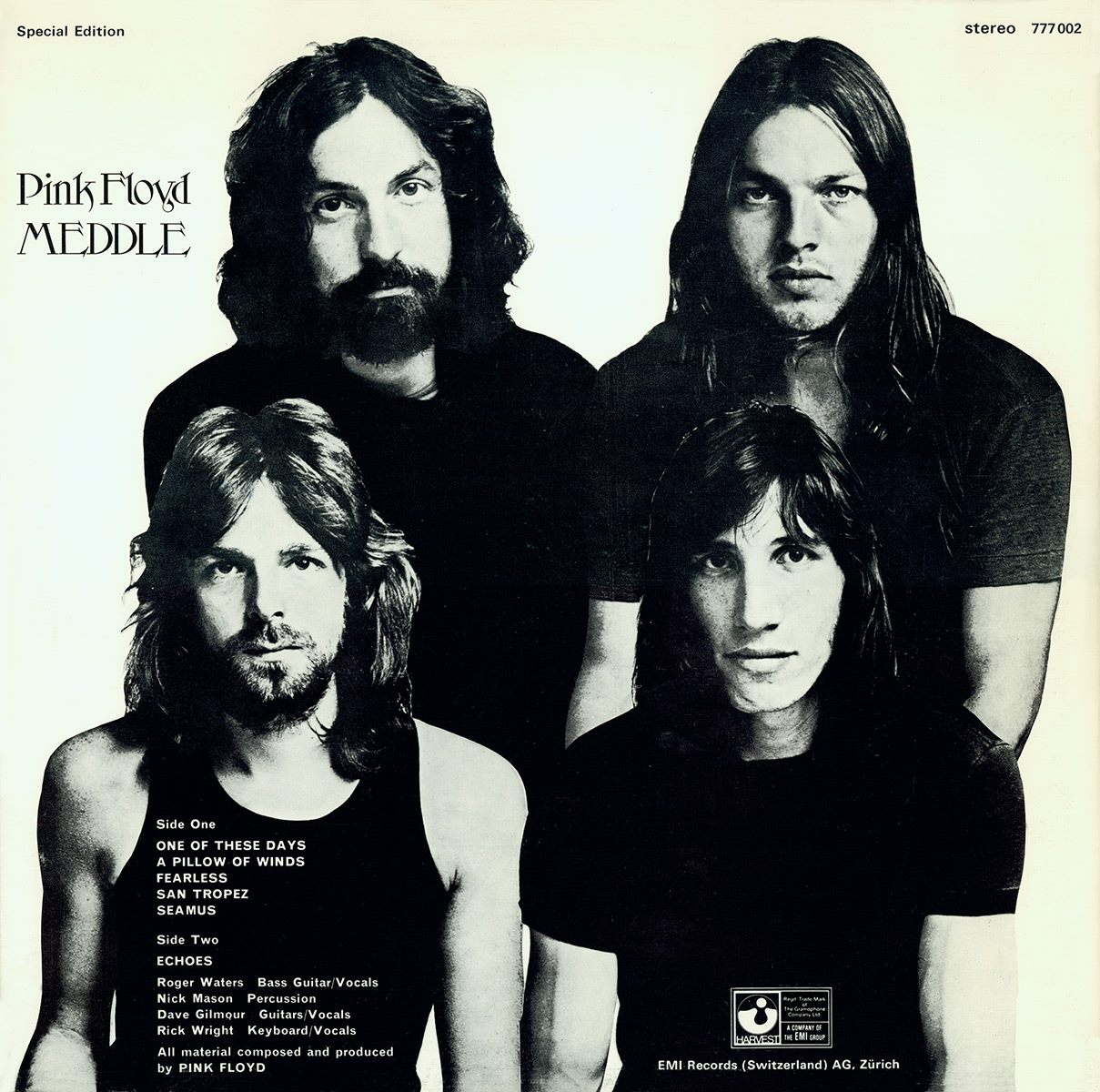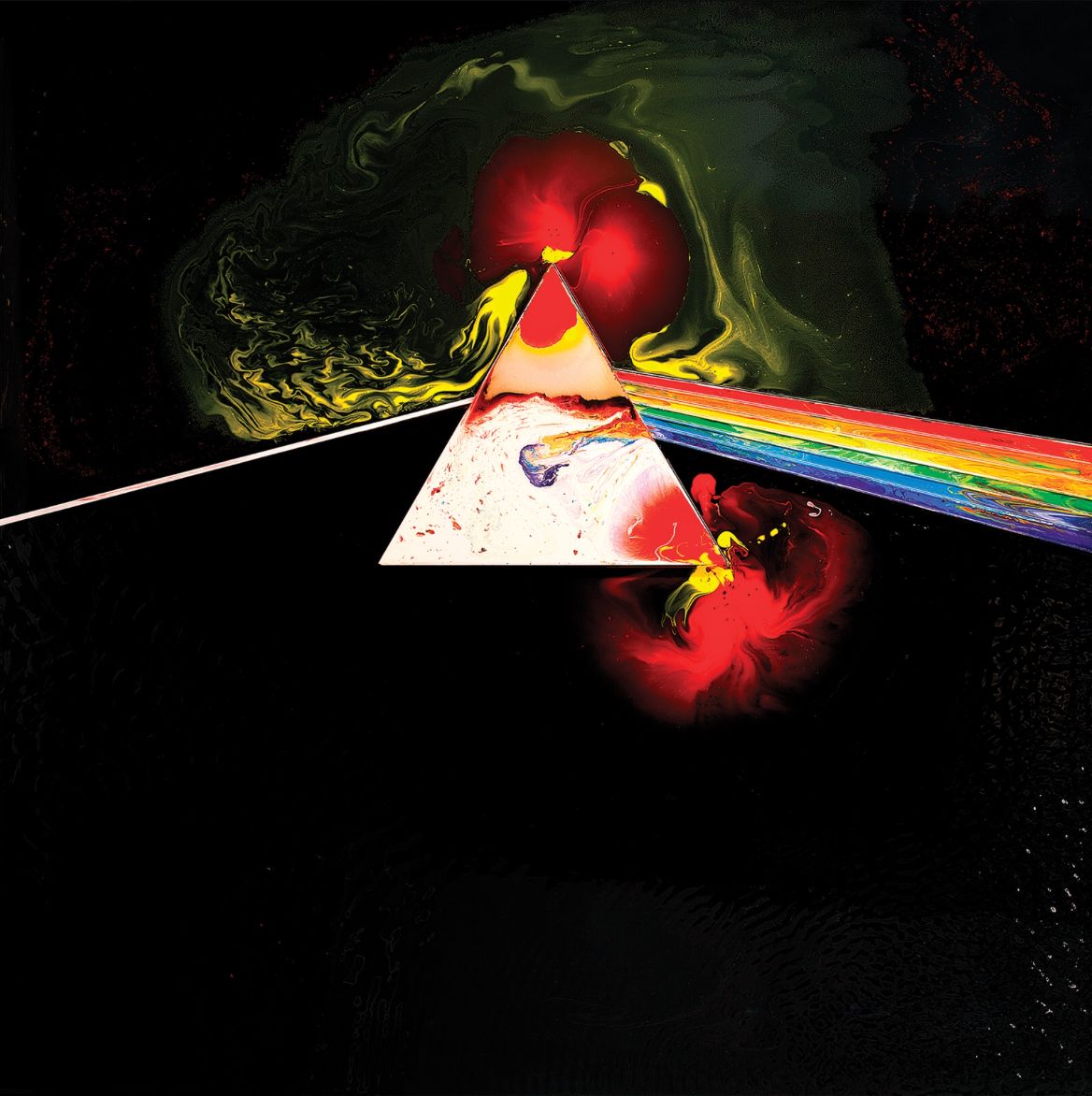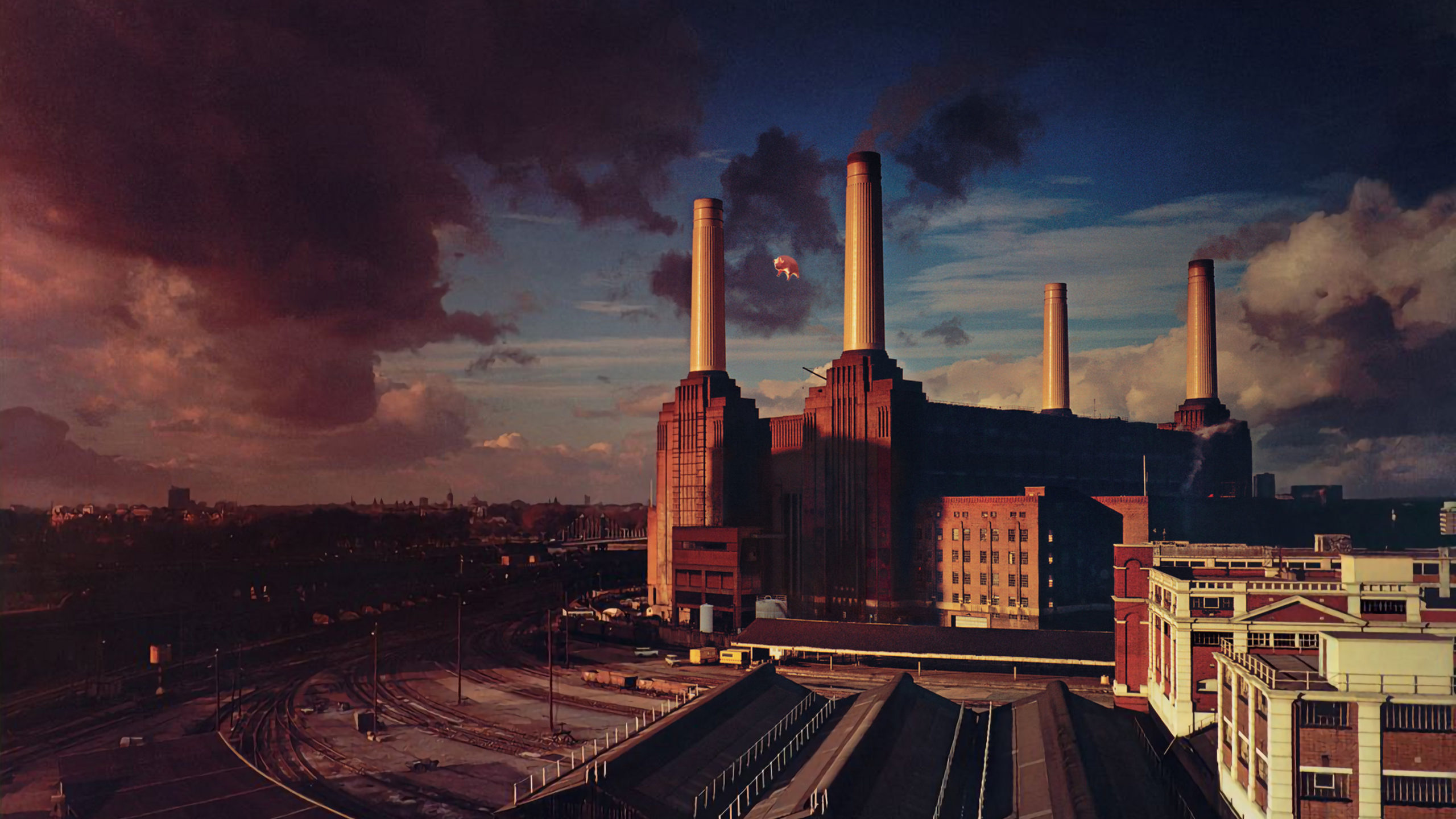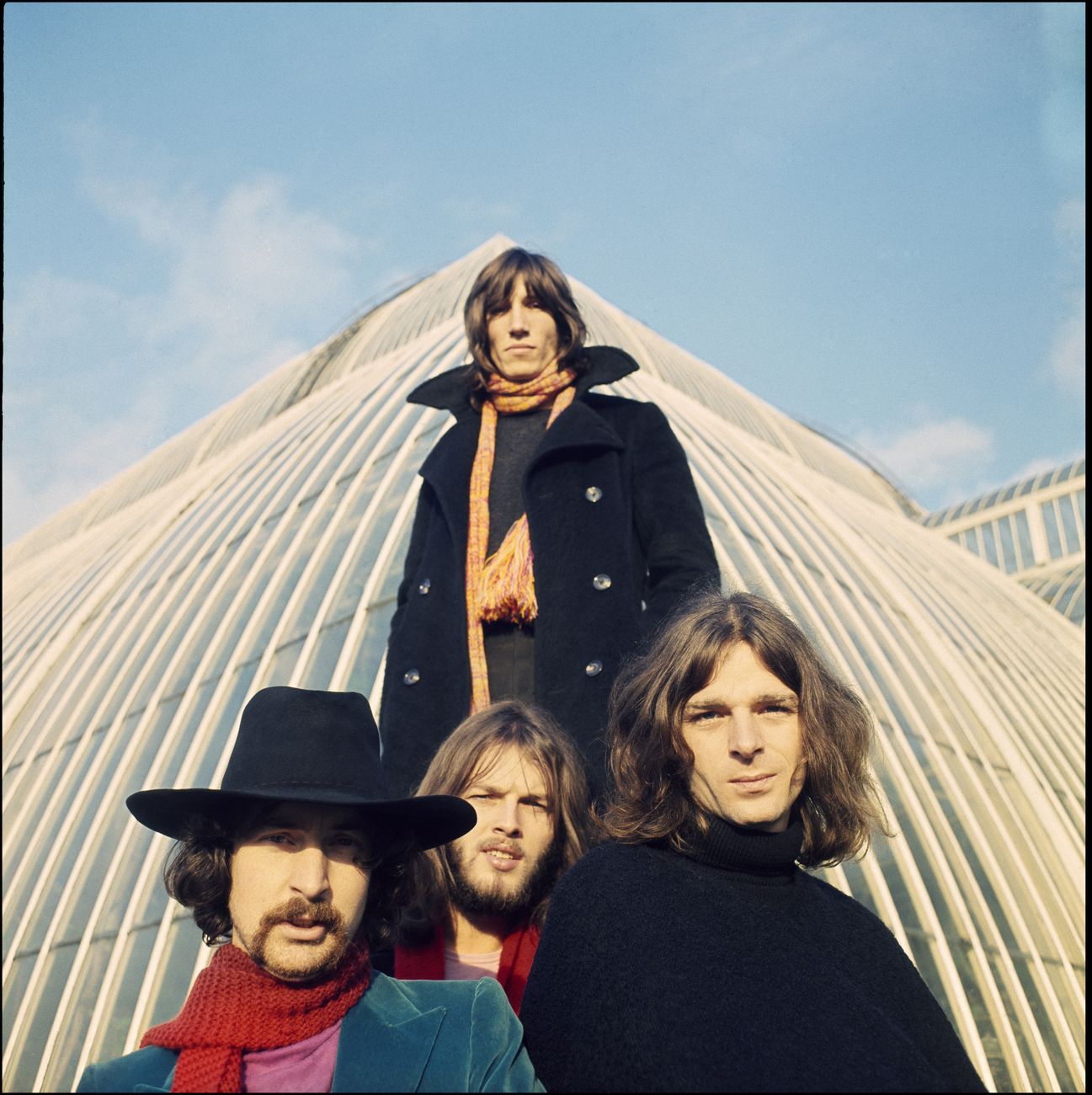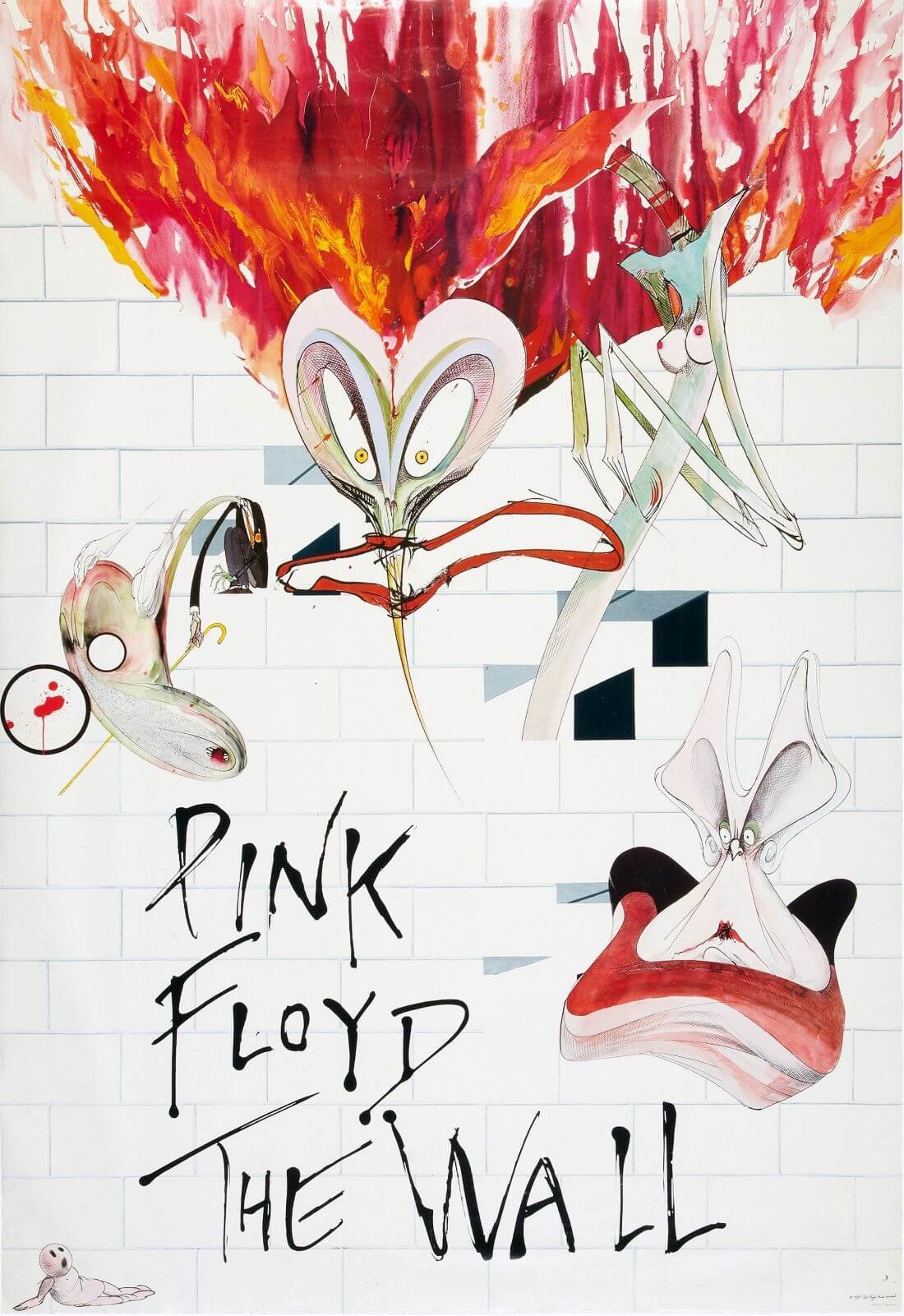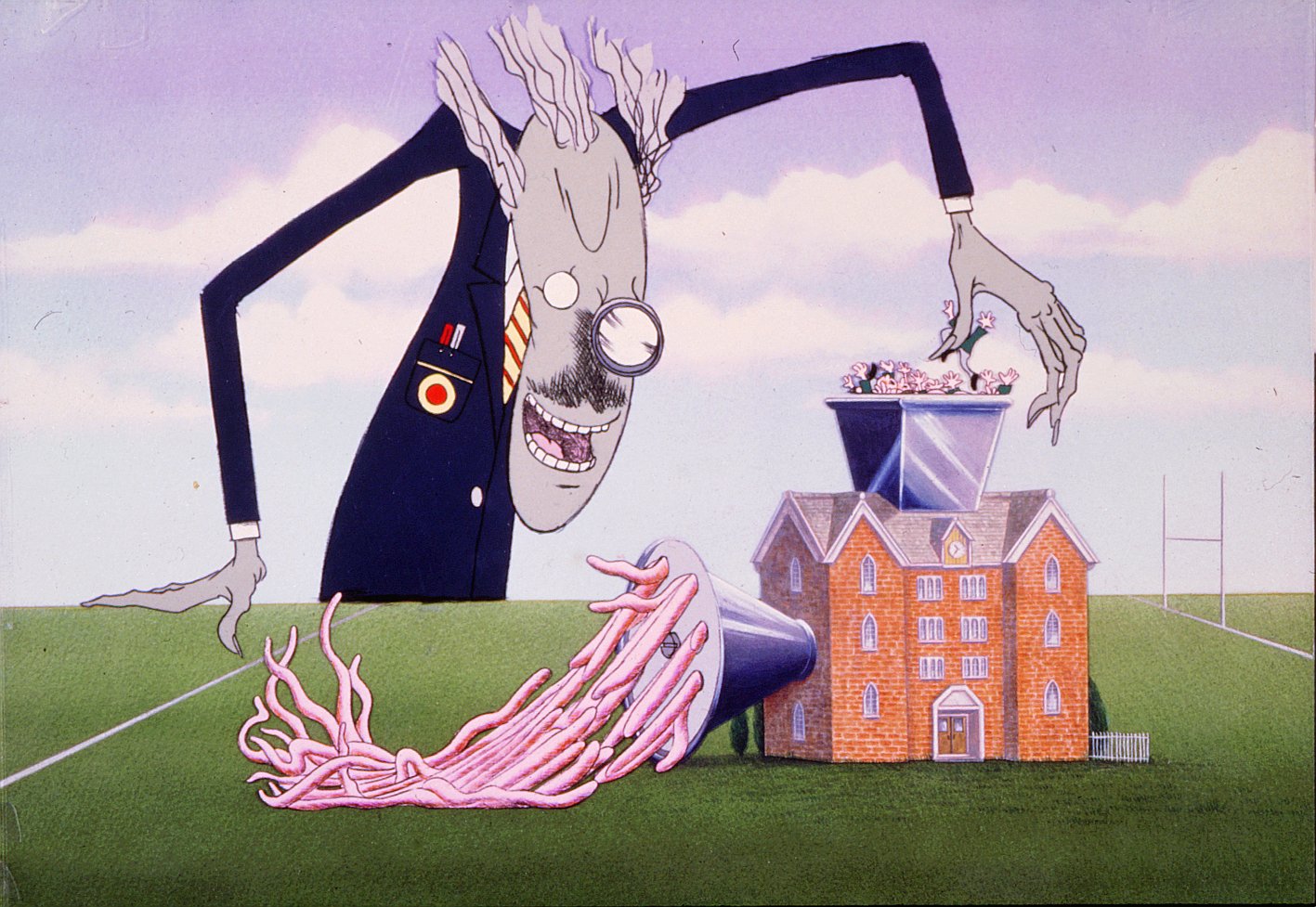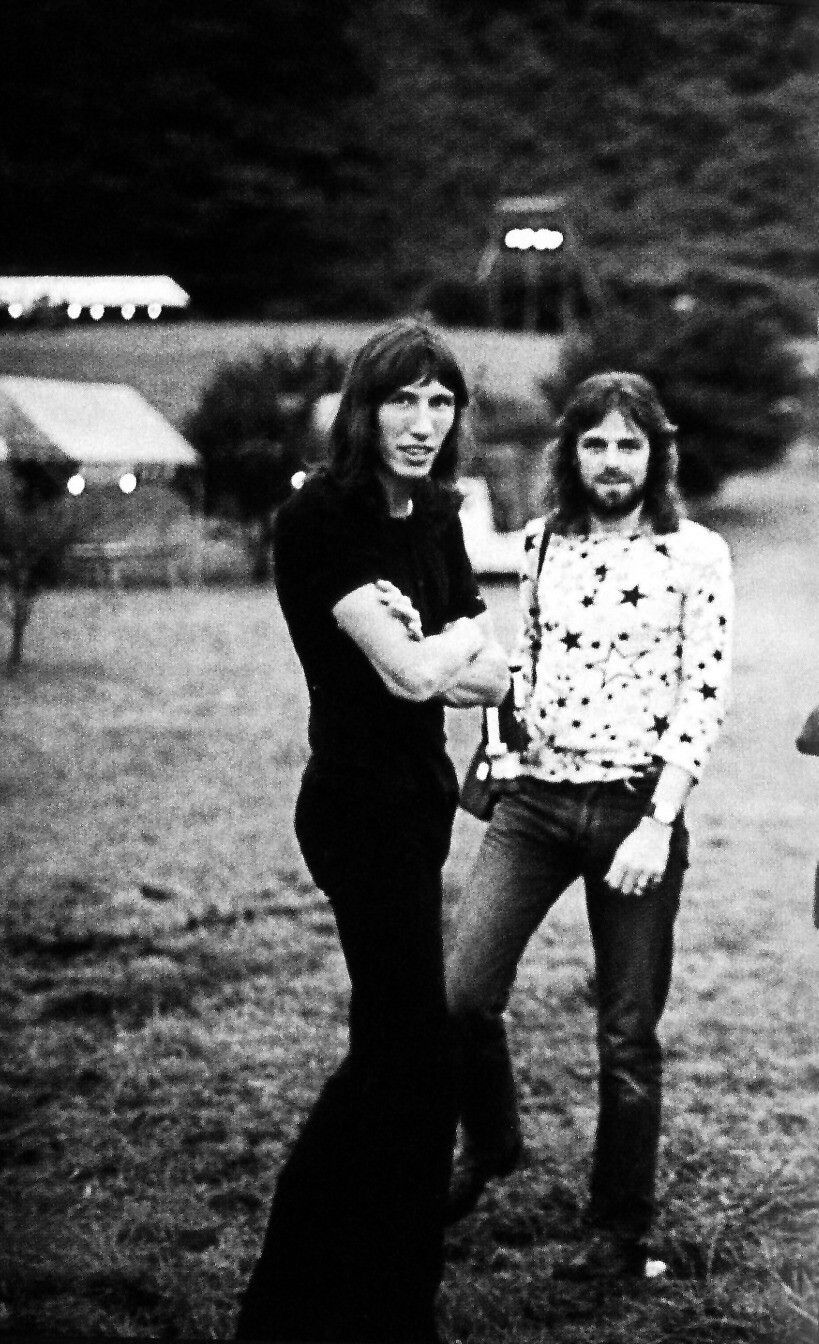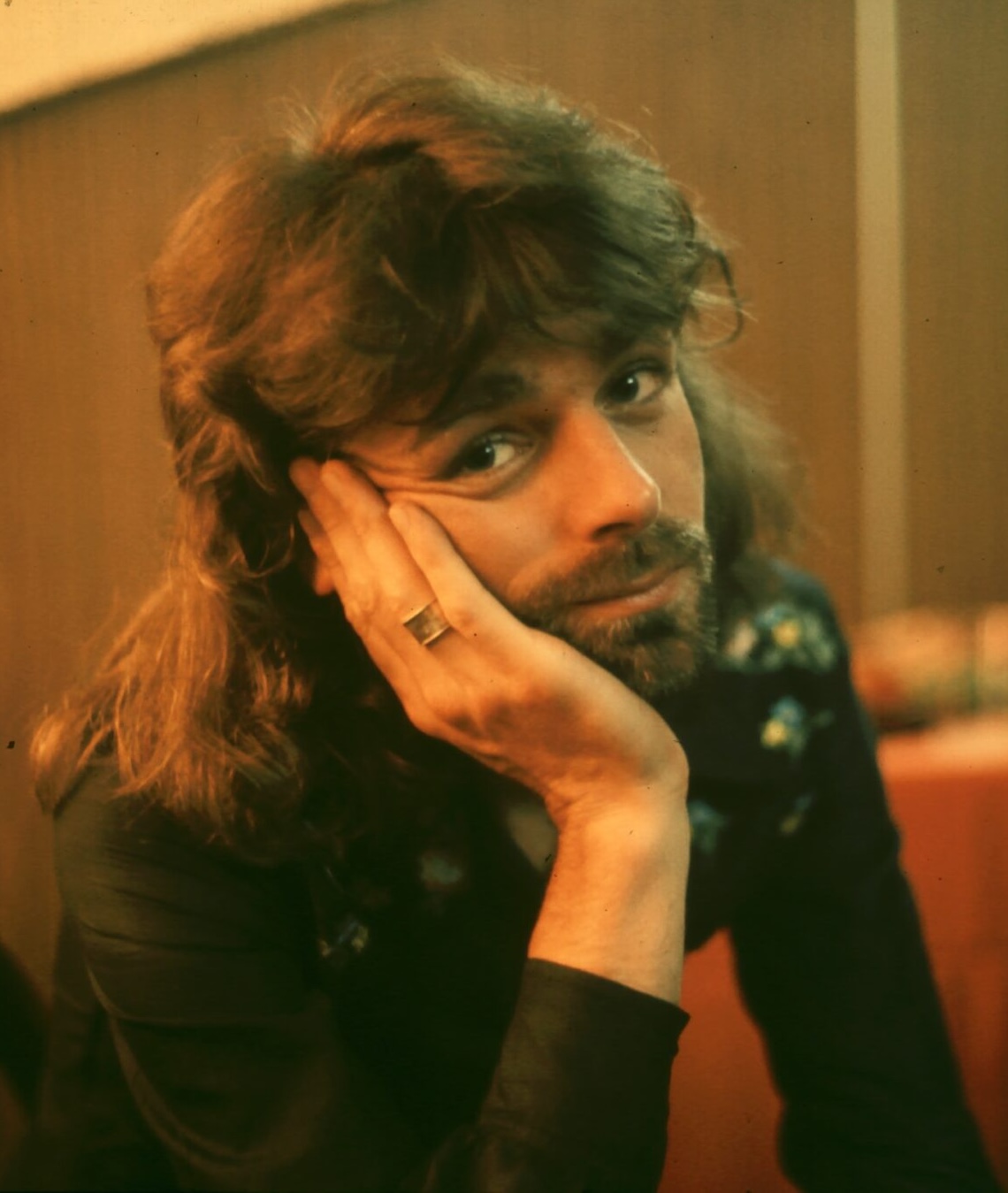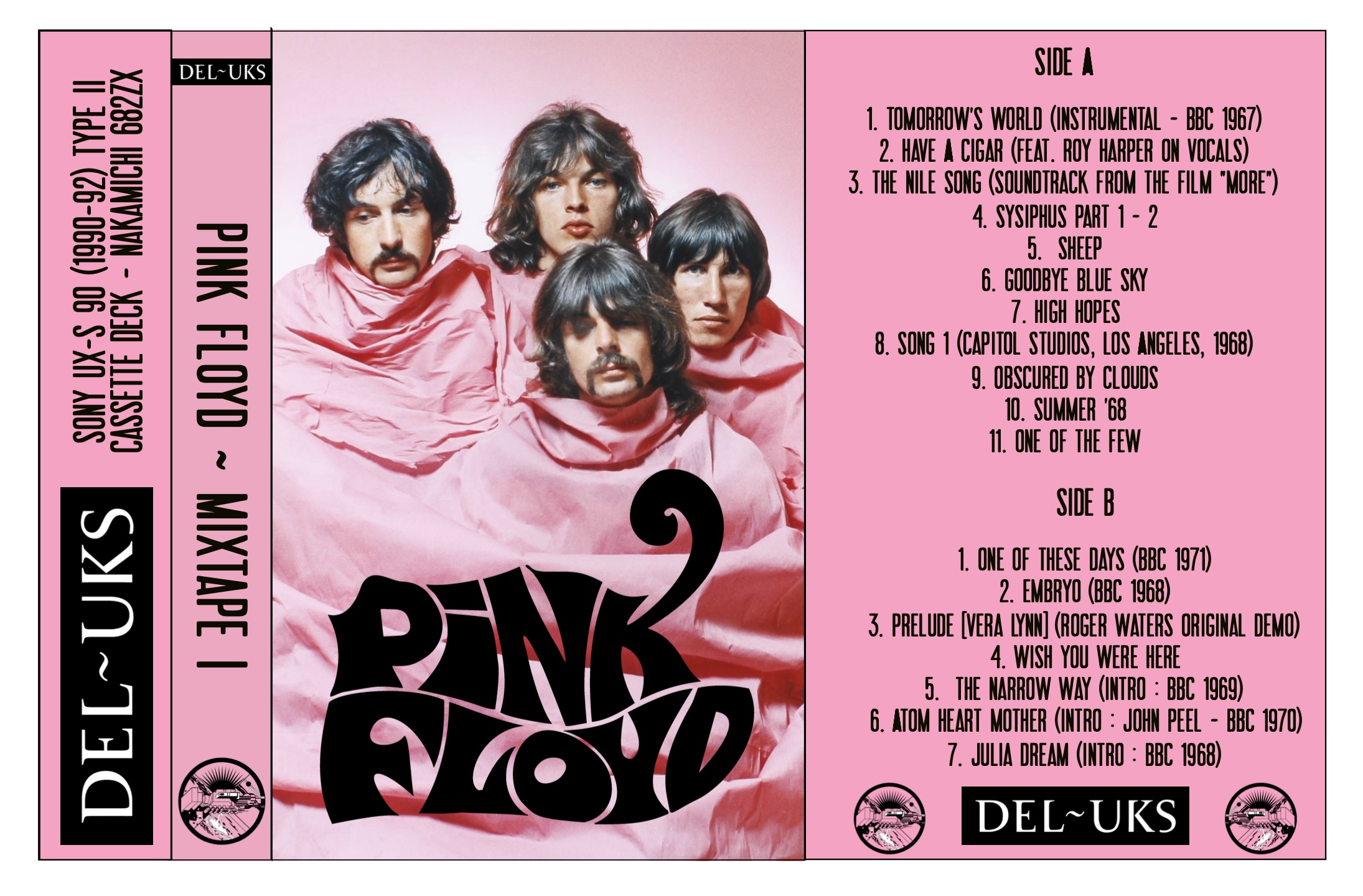A (Post-Barrett) Mixtape Hommage to The Best (Prog) Rock Band Ever !
Pink Floyd are an English rock band formed in London in 1965 by Syd Barrett (guitar, lead vocals), Roger Waters (bass guitar, vocals), Richard Wright (keyboards, vocals) and Nick Mason (drums), .
Gaining an early following as one of the first British psychedelic groups, they were distinguished by their extended compositions, sonic experiments, philosophical lyrics, and elaborate live shows, and became a leading progressive rock band.
The name Pink Floyd is derived from the given names of two blues musicians whose Piedmont blues records Syd Barrett had in his collection, Pink Anderson and Floyd Council.
Their debut studio album, The Piper at the Gates of Dawn, was released on 4 August 1967 by EMI Columbia.
In December 1967, reaching a crisis point with Barrett due to deteriorating mental health, Pink Floyd added guitarist David Gilmour as the fifth member for a salary of £30 per week .

Gilmour already knew Barrett, having studied with him at Cambridge Tech in the early 60’s.
The group planned that Gilmour would cover for Barrett’s “eccentricities” but when this proved unworkable, it was decided that Barrett would just write material.
Working with Barrett eventually proved too difficult, and matters came to a conclusion in January while en route to a performance in Southampton when a band member asked if they should collect Barrett.
According to Gilmour, the answer was “Nah, let’s not bother”, signaling the end of Barrett’s tenure with Pink Floyd.
In 1968, Pink Floyd returned to Abbey Road Studios to complete their second album, A Saucerful of Secrets, which they had begun in 1967 under Barrett’s leadership.
The album included Barrett’s final contribution to their discography, “Jugband Blues”.
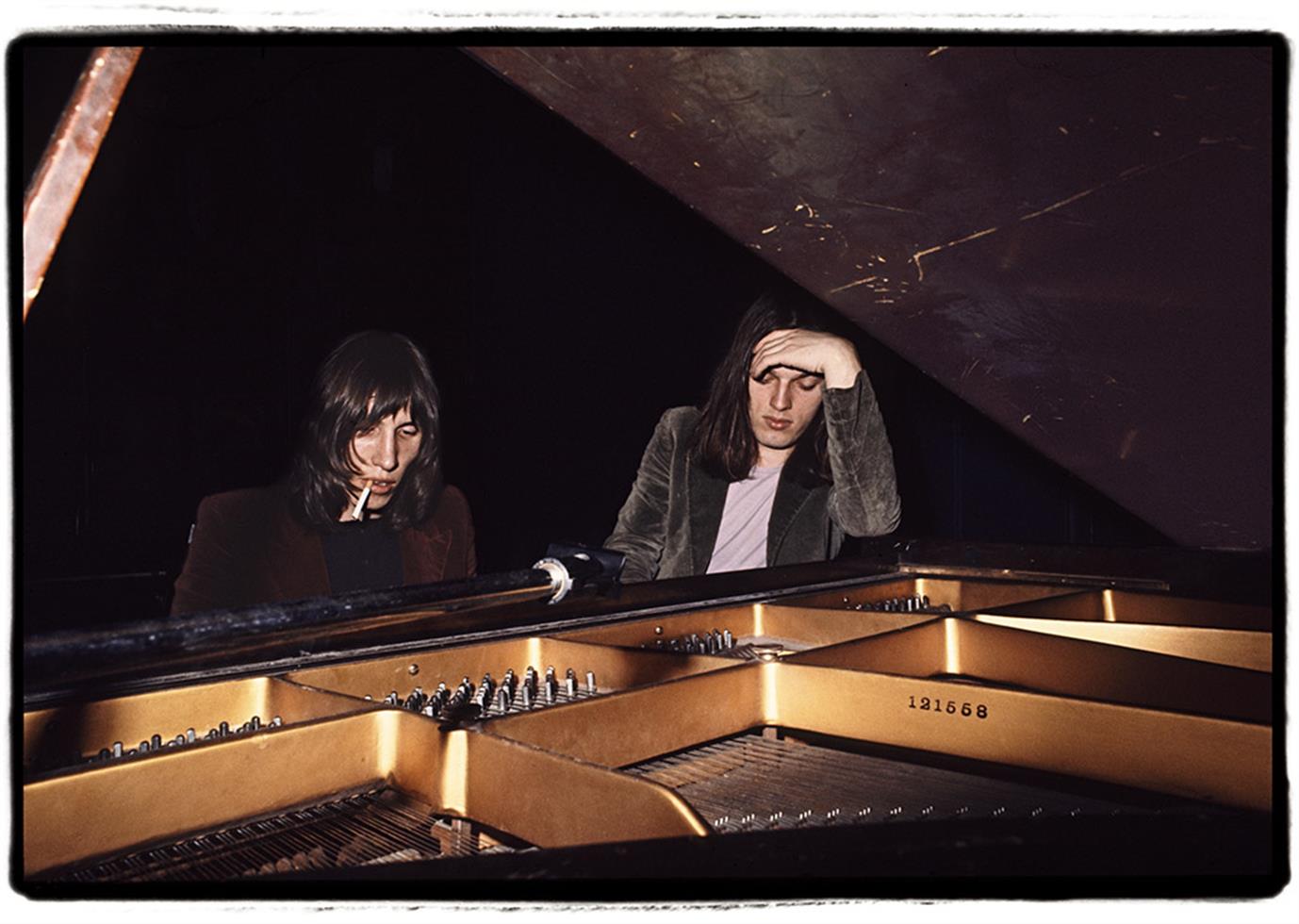
Waters developed his own songwriting, contributing “Set the Controls for the Heart of the Sun”, “Let There Be More Light”, and “Corporal Clegg”.
Wright composed “See-Saw” and “Remember a Day”.
As neither Waters nor Mason could read music, to illustrate the structure of “A Saucerful of Secrets”, they invented their own system of notation.
Gilmour later described their method as looking “like an architectural diagram”.
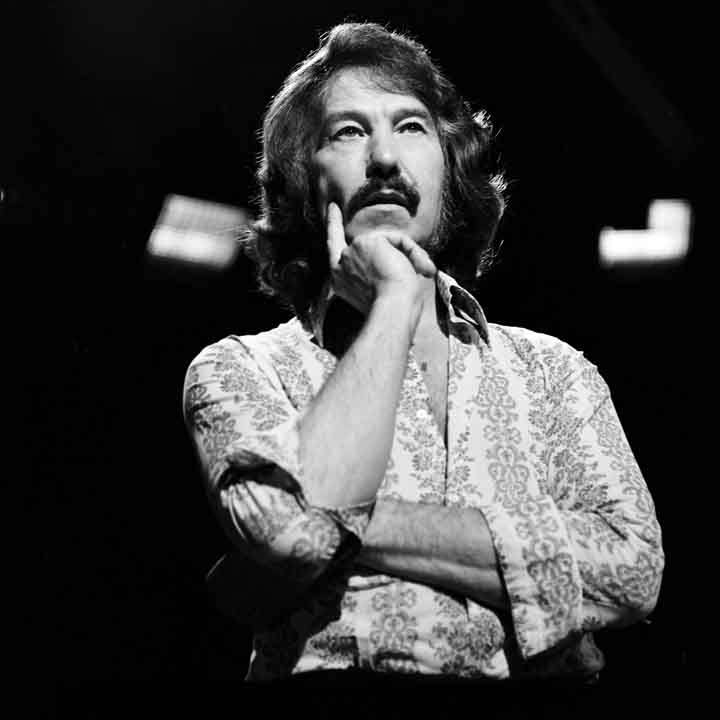
With EMI producer Norman “Hurricane” Smith’s instruction at Abbey Road, they learned how to use the recording studio to realise their artistic vision.
However, Smith remained unconvinced by their music, and when Mason struggled to perform his drum part on “Remember a Day”, Smith stepped in as his replacement.
Wright recalled Smith’s attitude about the sessions, “Norman gave up on the second album … he was forever saying things like, ‘You can’t do twenty minutes of this ridiculous noise’”.
On the day after the album’s UK release, Pink Floyd performed at the first ever free concert in Hyde Park.
In July 1968, they made a second visit to the US.
Accompanied by the Soft Machine and the Who, it marked Pink Floyd’s first major tour.
Their sixth studio album Meddle marks a transition between the Barrett-led group of the late 60’s and the emergence of David Gilmour as a real shaping force with the group.
Although the band’s later albums would be unified by a central theme chosen by Roger Waters, and thematically consistent lyrics written entirely by Waters, Meddle was a group effort with Waters contributing primarily to the lyrics and the bass.

Meddle was recorded between the band’s various concert commitments, and therefore its production was spread over a considerable period of time.
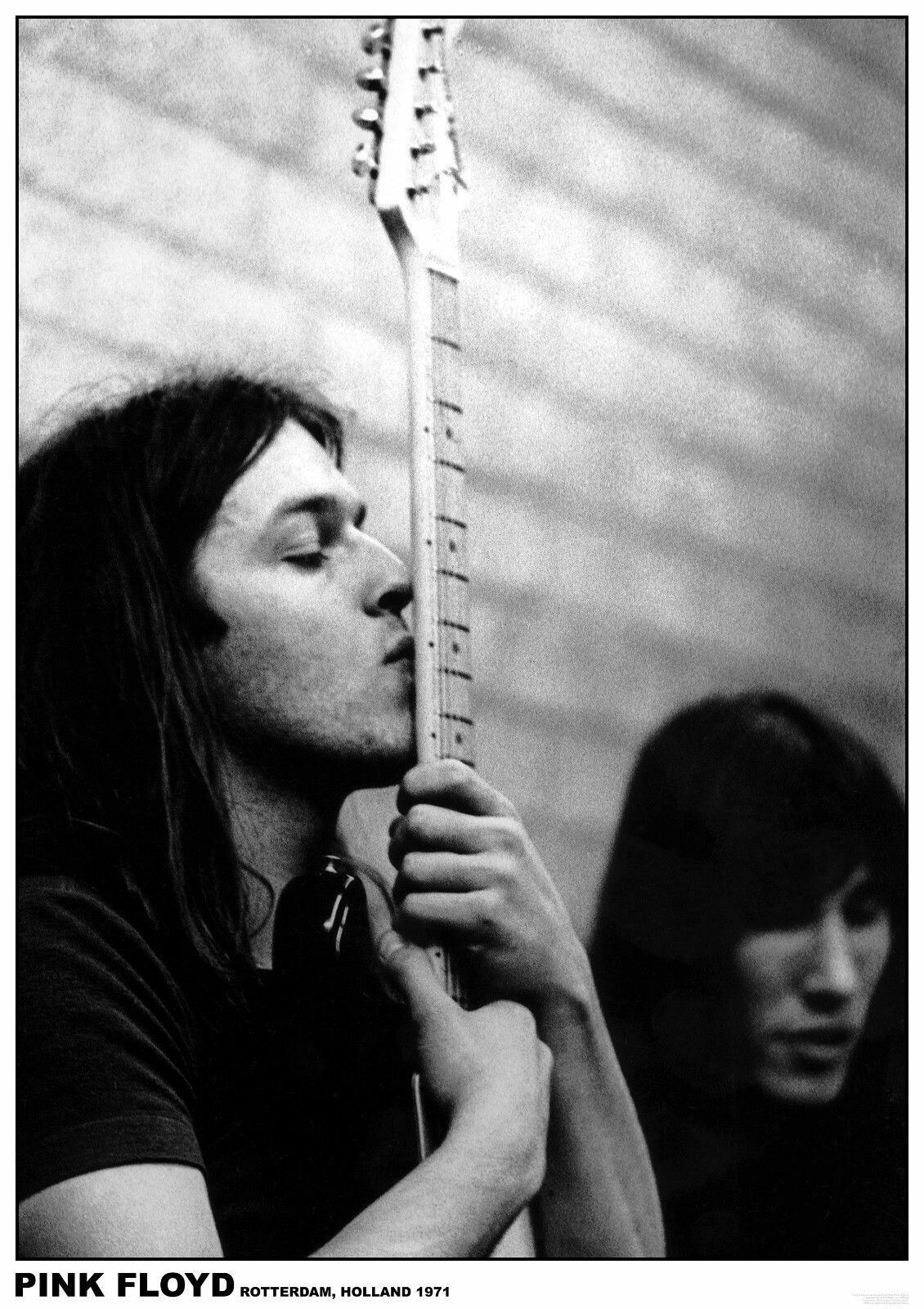
The song “Echoes” , credited to all the band, was mainly written by Richard Wright and David Gilmour, while Roger Waters’ lyrics addressed themes of human communication and empathy, to which he returned in later work.
Released in March 1973, The Dark Side of the Moon is the world’s third best-selling album.
Although it held the number one spot in the US for only a week, it remained in the Billboard 200 albums chart for 736 nonconsecutive weeks (from 17 March 1973 to 16 July 1988).
The success of the album brought wealth to all four members of the band ; Richard Wright and Roger Waters bought large country houses, and Nick Mason became a collector of upmarket cars.
The group were fans of the British comedy troupe Monty Python, and as such, some of the profits were invested in the production of Monty Python and the Holy Grail.
Their tenth studio album, Animals, was produced by the band at their new studio, Britannia Row Studios, in London throughout 1976.
The album continued the long-form compositions of Pink Floyd’s previous works, such as Meddle (1971) and Wish You Were Here (1975).
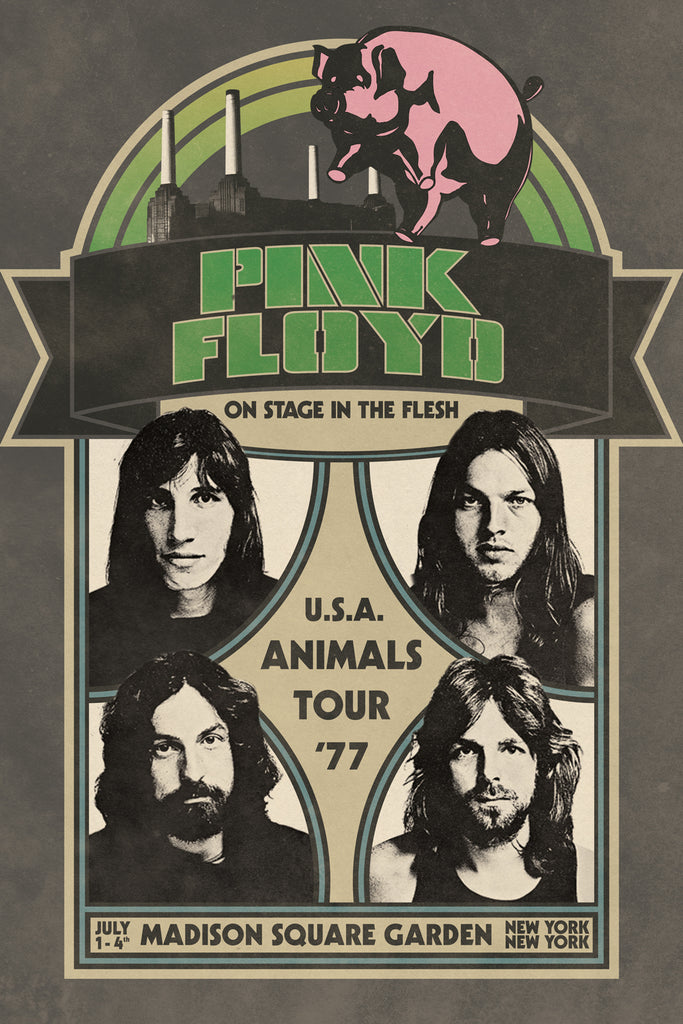
The album concept originated with Waters, loosely based on George Orwell’s political fable Animal Farm.
The lyrics describe different classes of society as dogs, pigs, and sheep.
Hipgnosis received credit for the packaging; however, Waters designed the final concept, choosing an image of the ageing Battersea Power Station, over which they superimposed an image of a pig.
The division of royalties was a source of conflict between band members, who earned royalties on a per-song basis.
Although Gilmour was largely responsible for “Dogs”, which took up almost the entire first side of the album, he received less than Waters, who contributed the much shorter two-part “Pigs on the Wing”.
Animals was the first Pink Floyd album with no writing credit for Wright, who said: “This was when Roger really started to believe that he was the sole writer for the band … that it was only because of him that [we] were still going … when he started to develop his ego trips, the person he would have his conflicts with would be me.”
In July 1978, amid a financial crisis caused by negligent investments, Waters presented two ideas for Pink Floyd’s next album.
The first was a 90-minute demo with the working title Bricks in the Wall ; the other later became Waters’s first solo album, The Pros and Cons of Hitch Hiking.
Although both Mason and Gilmour were initially cautious, they chose the former.
Bob Ezrin co-produced and wrote a forty-page script for the new album.
Ezrin based the story on the central figure of Pink : a gestalt character inspired by Waters’s childhood experiences, the most notable of which was the death of his father in World War II.
Richard Wright, worried about the effect that the introduction of Ezrin would have on band relationships, was keen to have a producer’s credit on the album.
Their albums since More (1969) had credited production to Pink Floyd.
The band were rarely in the studio together.
Problems became apparent when Waters’s relationship with Wright broke down.
Eventually Wright was fired by Waters during production but stayed on during the tour as a salaried musician.
News of his departure was kept from the music press.
Although his name did not appear on some editions of the album (it does appear on the UK gatefold sleeve).
Released on 21 March 1983, The Final Cut is the last Pink Floyd album to feature founding member Roger Waters, who went on to leave the band in 1985.
It is the only Pink Floyd album without founding member and keyboardist Richard Wright.
The recording was plagued by conflict ; guitarist David Gilmour felt many of the tracks were not worthy of inclusion, but Waters accused him of failing to contribute material himself.
The contributions from drummer Nick Mason were limited mostly to sound effects.
Roger Keith “Syd” Barrett died at home in Cambridge on 7 July 2006 aged 60, from pancreatic cancer.
His death was reported five days later.
Richard William Wright died from lung cancer at his home in London on 15 September 2008, aged 65.
At the time of his death, he had been working on a new solo album, thought to comprise a series of instrumental pieces.


